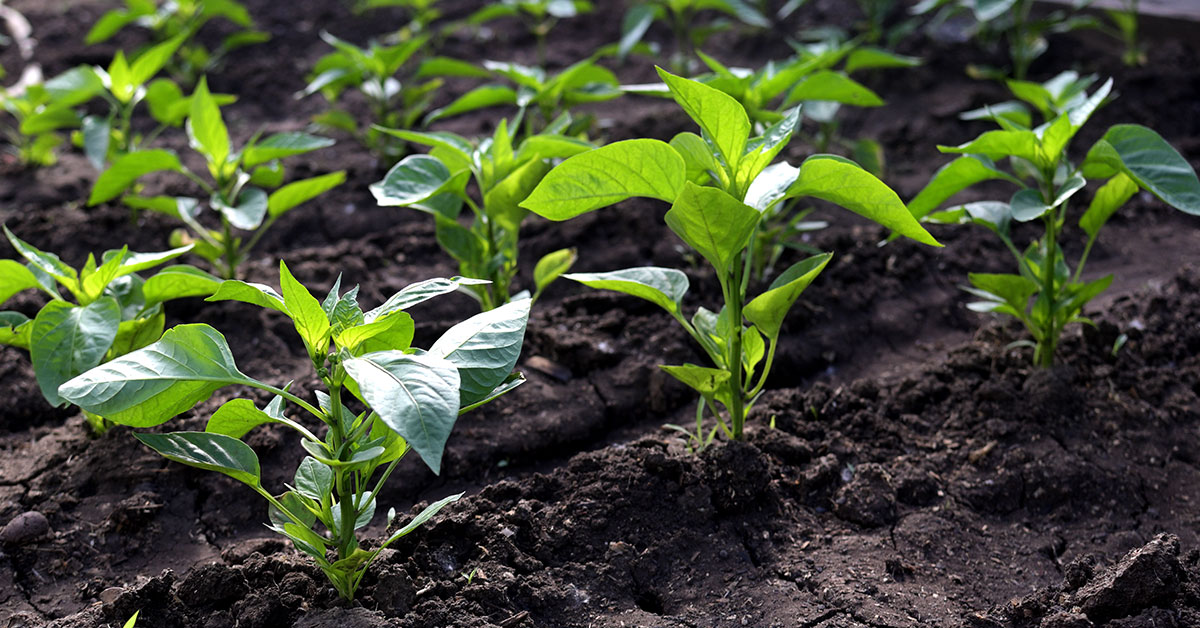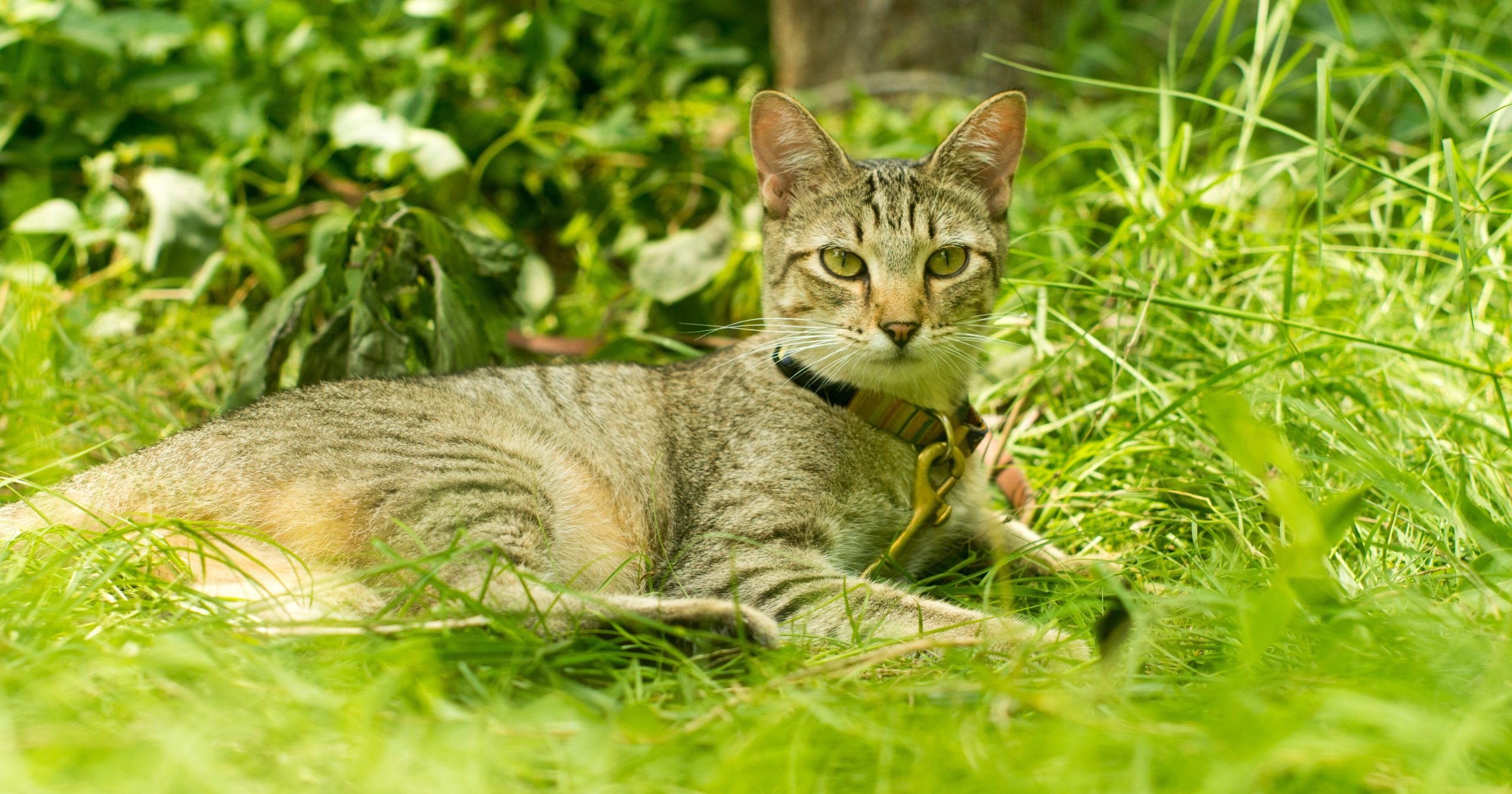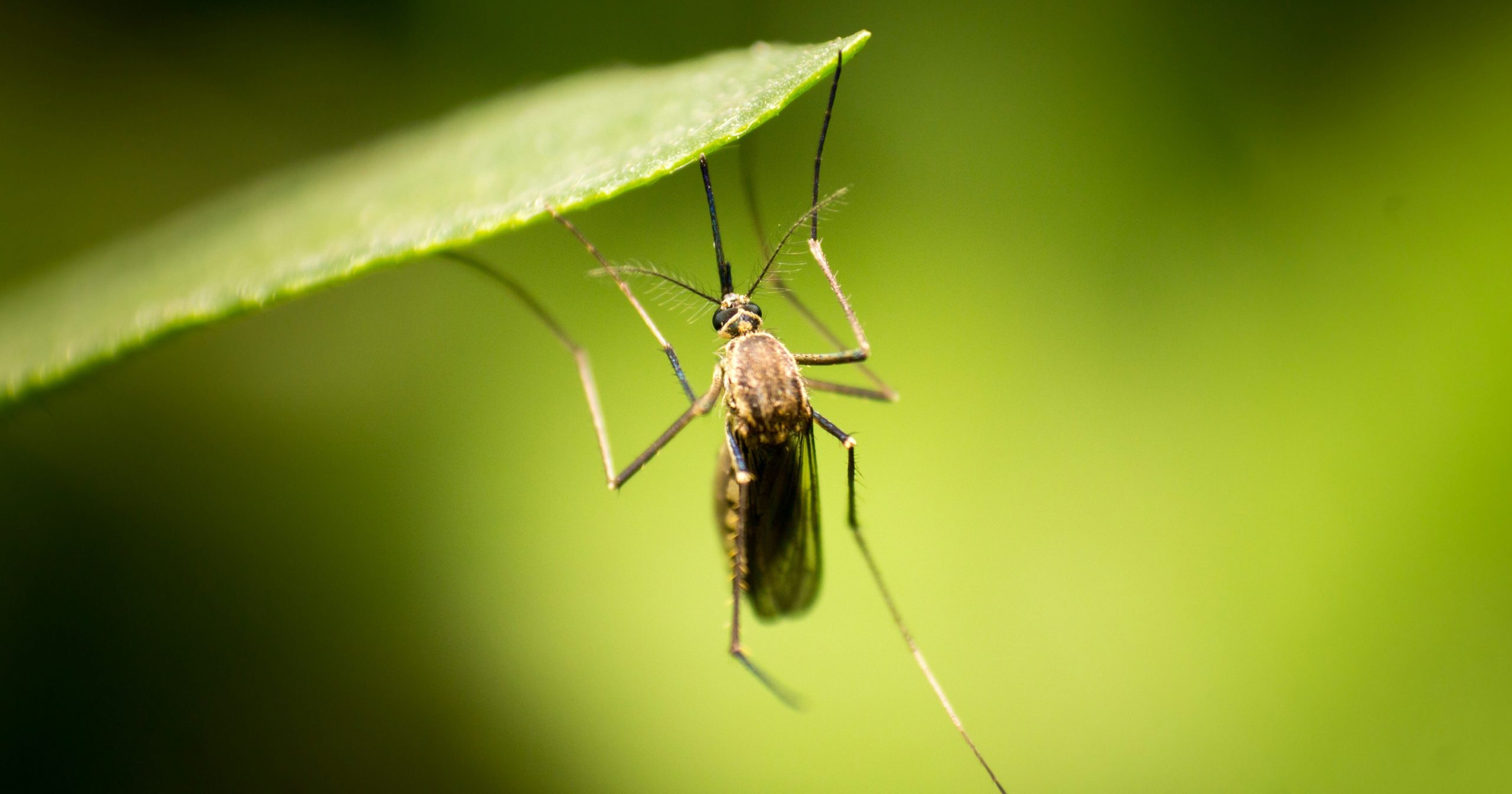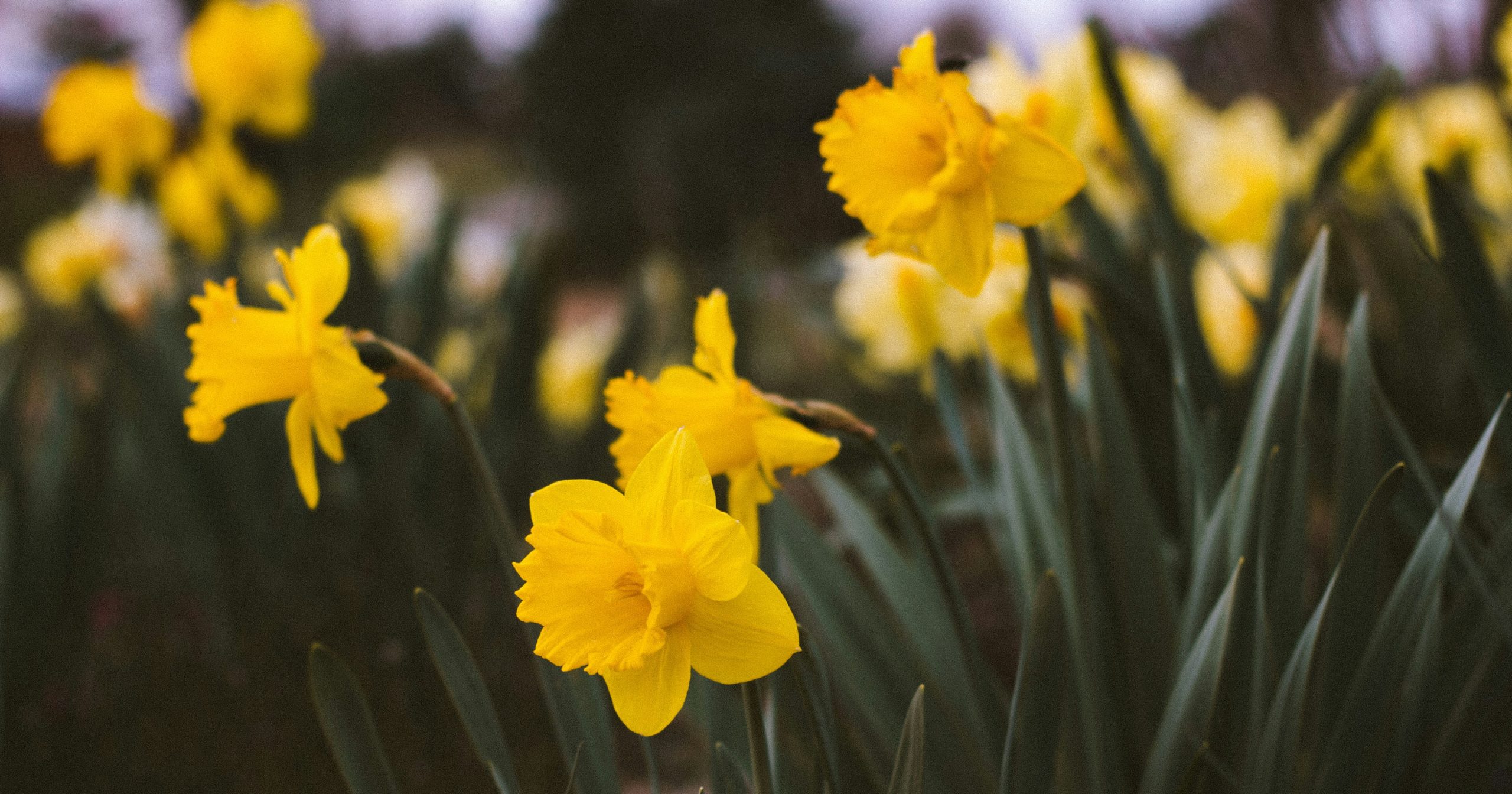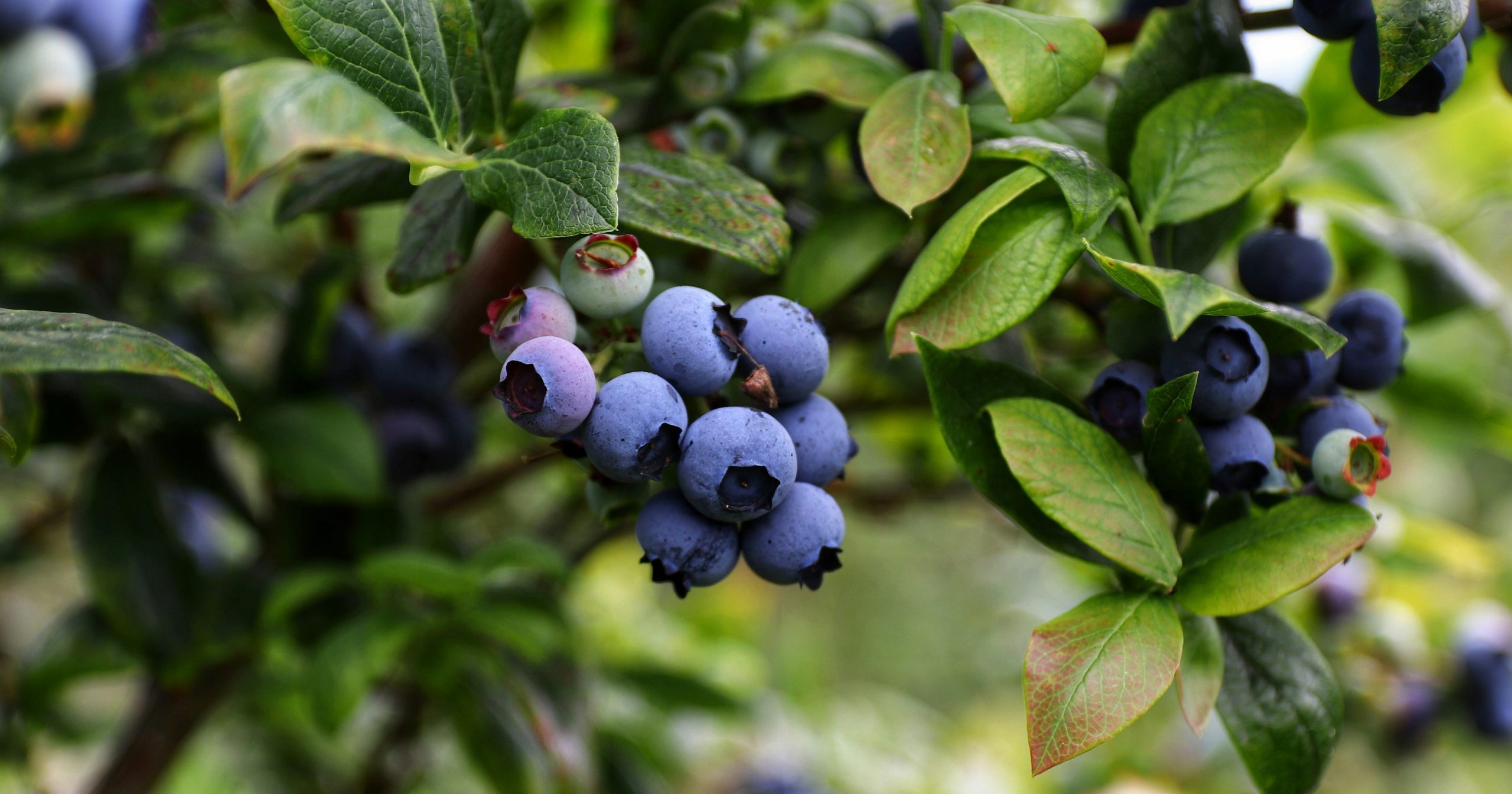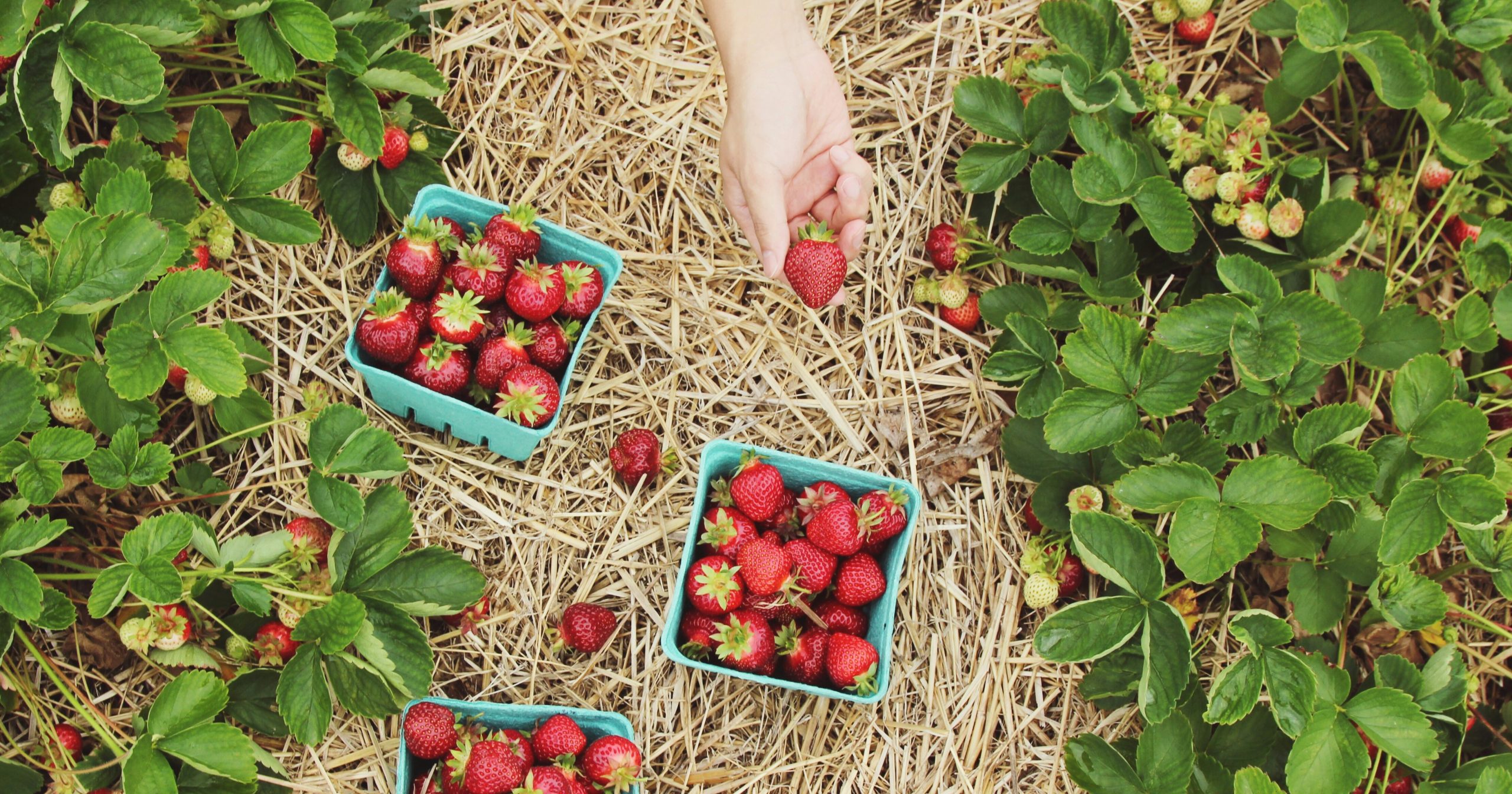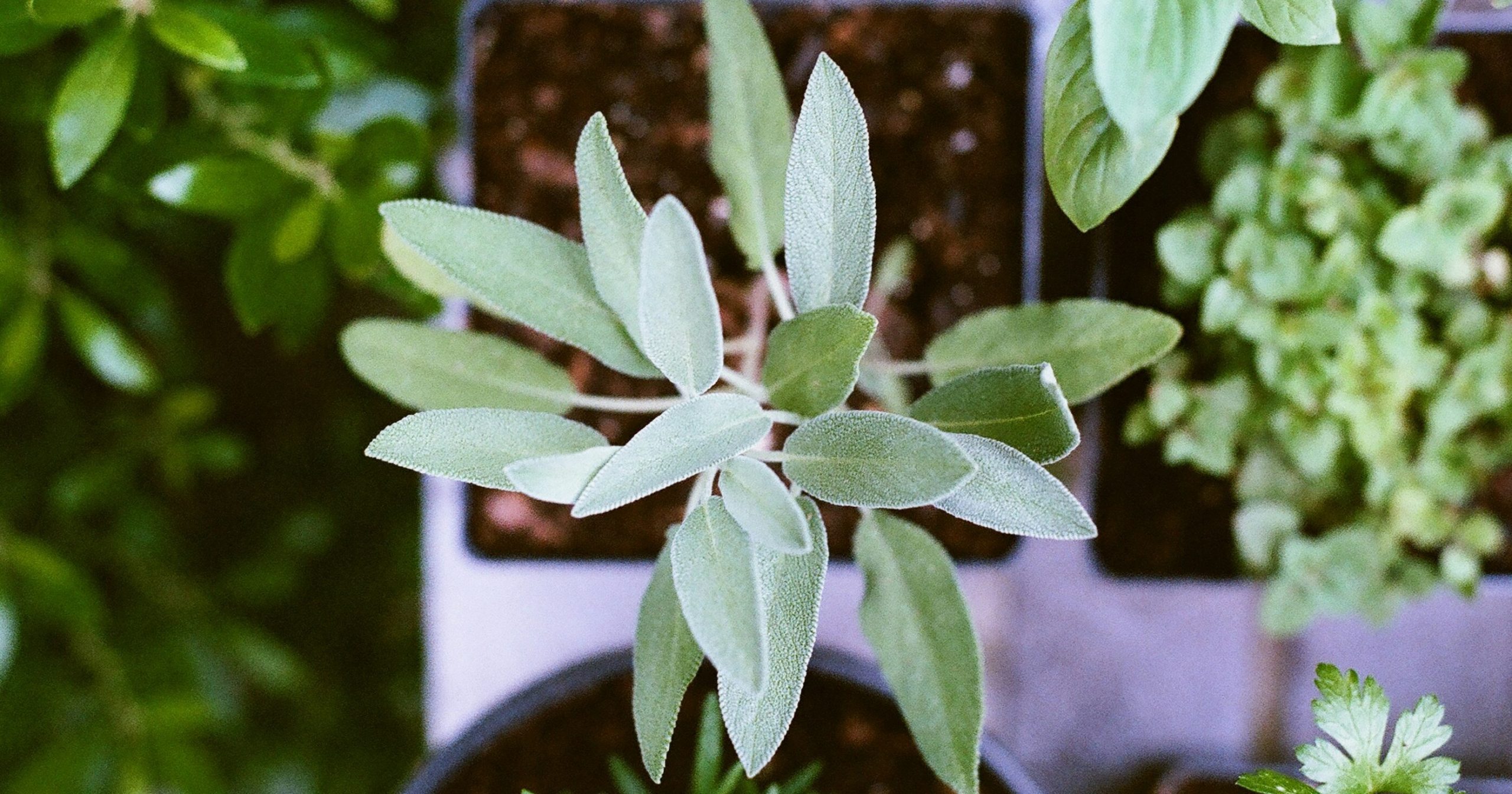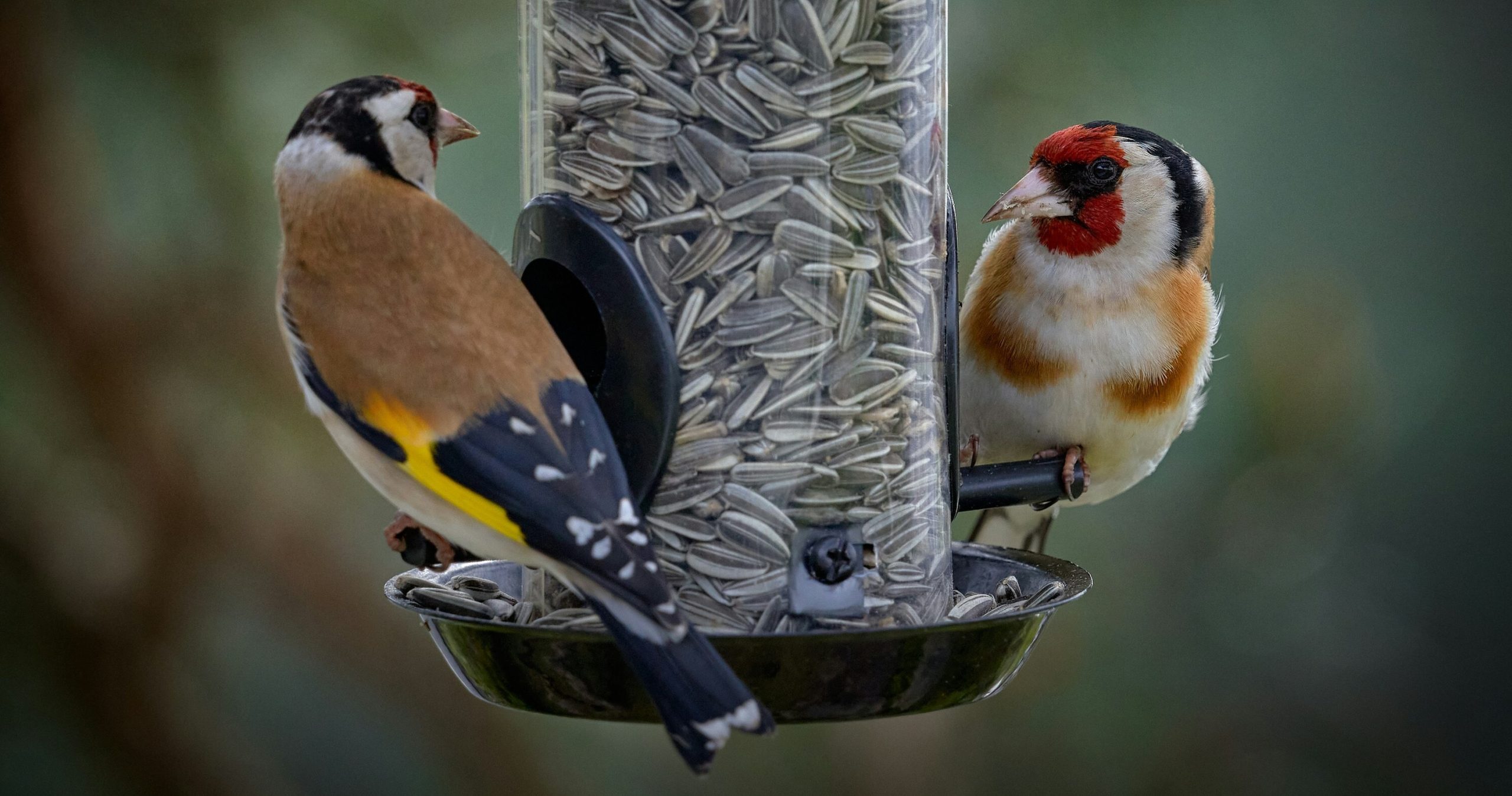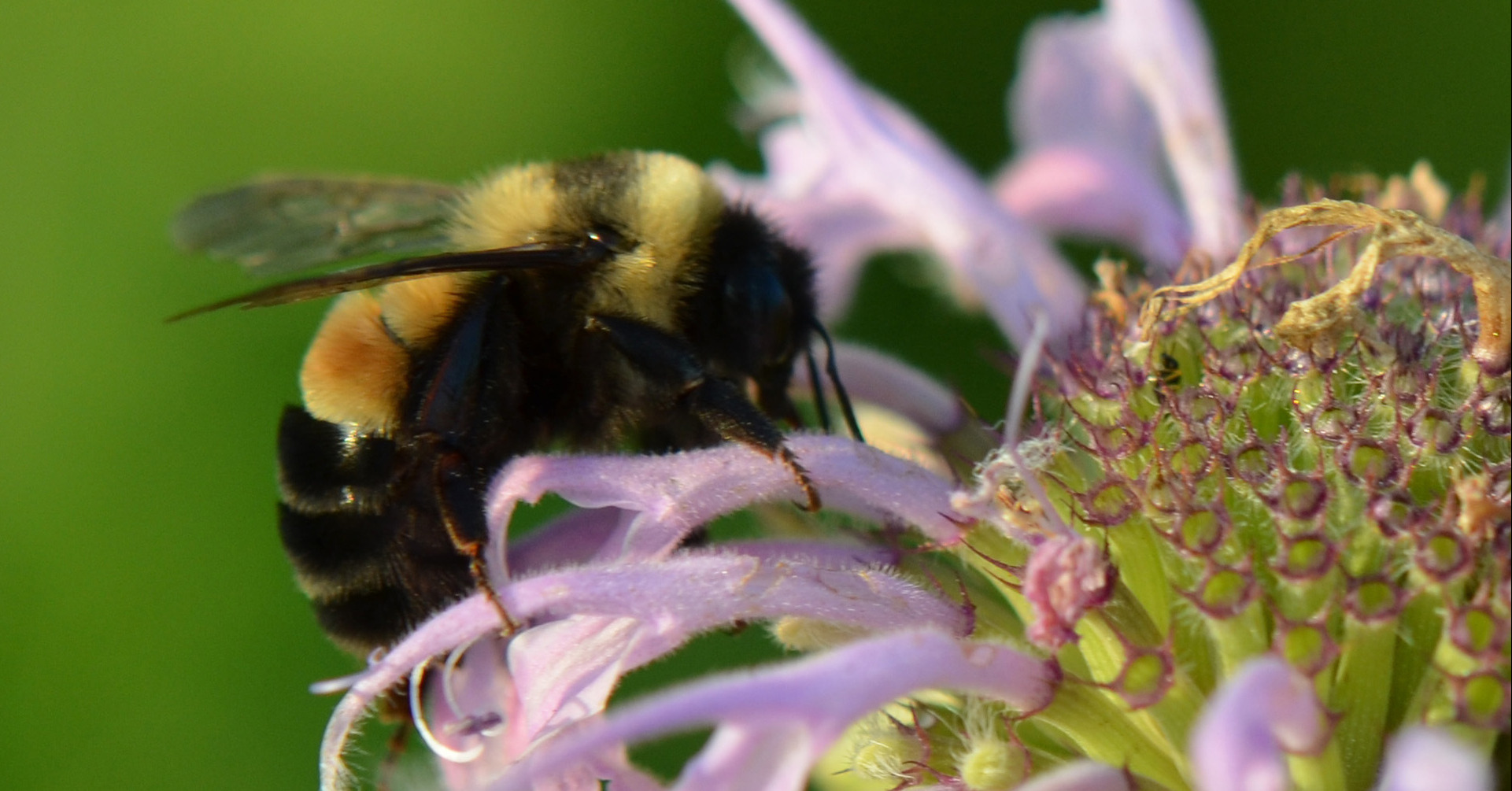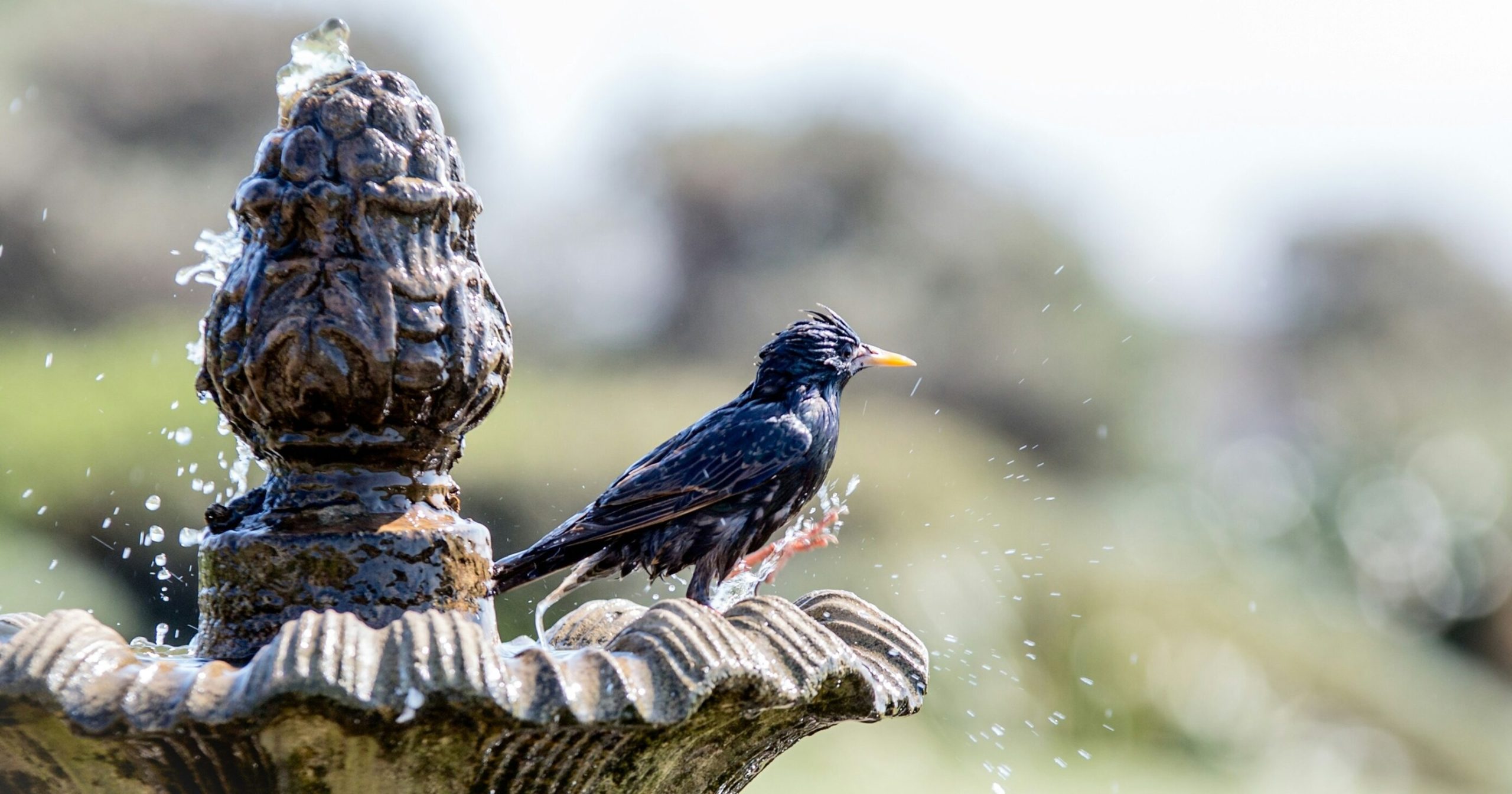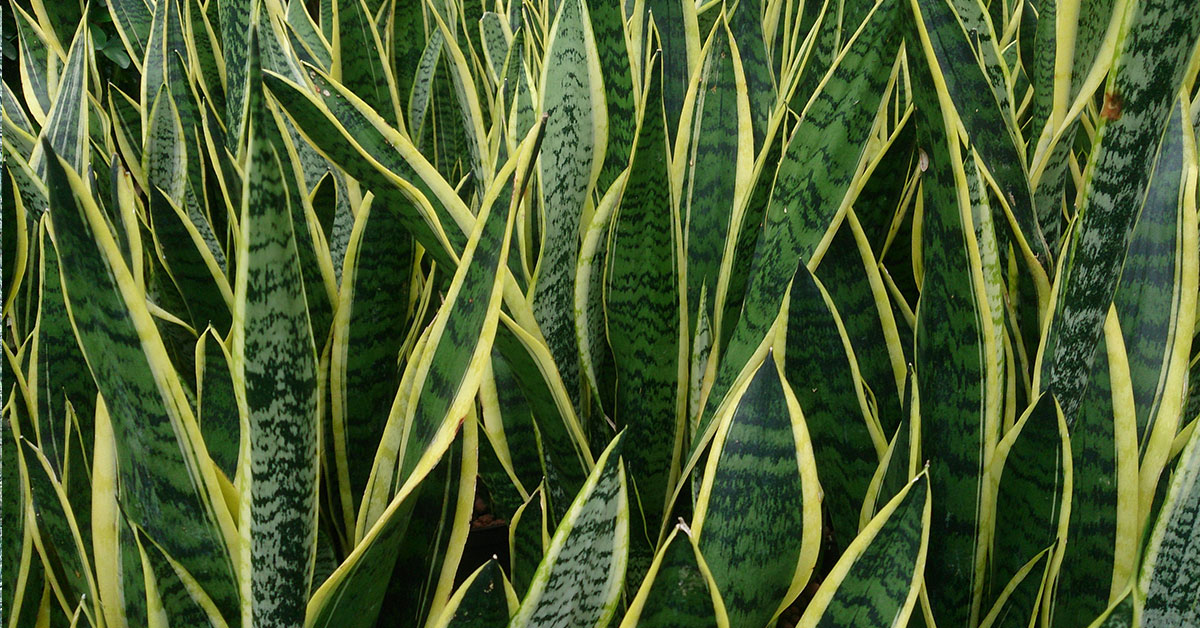The Aji Amarillo pepper plant is a popular variety of chili pepper that is native to South America, particularly Peru.
It is widely known for its distinctive bright yellow color and fruity flavor, which is often described as a combination of citrus and apricot. It is commonly used in Peruvian cuisine to add heat and flavor to dishes such as ceviche, stews, and sauces.
In recent years, the Aji Amarillo pepper plant has gained popularity among home gardeners due to its ease of cultivation and unique flavor profile.
What is an aji amarillo pepper?
Aji amarillo peppers, also known as the Peruvian hot pepper, is a species of chili pepper native to South America and particularly prominent in Peruvian cuisine. It is a member of the Capsicum baccatum species and is known for its distinctive bright yellow-orange color and fruity flavor.
Aji amarillo peppers are perennial plants that can grow up to 5 feet tall. It produces small, elongated peppers that are typically 2-3 inches in length. The peppers are usually harvested when they are fully ripe and have a wrinkled appearance.
In Peru, the aji amarillo peppers are a staple ingredient in many dishes, from ceviche to stews and sauces. It is also used in traditional Peruvian dishes like ají de gallina and papas a la huancaína. The pepper’s unique flavor is often described as fruity, with hints of mango and passionfruit, and it has a moderate level of heat, ranging from 30,000 to 50,000 Scoville units.
The aji amarillo pepper plant is relatively easy to grow, making it a popular choice for home gardeners. It requires full sun and well-drained soil and can be grown in containers or in the ground. The plant is typically grown from seeds, which can take up to 2 weeks to germinate. Once the plant begins to produce peppers, it will continue to do so throughout the growing season.
The aji amarillo pepper plant is a unique and flavorful addition to any garden or kitchen. It’s versatility and distinct flavor make it a favorite among chefs and home cooks alike.
What do aji amarillo peppers taste like?
Aji amarillo peppers are known for their distinct flavor and spicy kick. The peppers have a fruity and slightly sweet taste with a hint of smokiness. The heat level of the pepper can vary, but generally, it falls in the medium range, making it a great choice for those who enjoy a bit of heat without being overpowered by it.
The flavor of the aji amarillo pepper is commonly described as a cross between a habanero pepper and a bell pepper. It has a unique flavor profile that is hard to find in other peppers. This makes it a popular ingredient in Peruvian cuisine, where it is used to add depth of flavor to many dishes.
When the peppers are fully ripe, they turn a bright orange color, which signifies their peak flavor. They can be used in a variety of ways, including fresh, roasted, or dried. The flavor profile can change slightly depending on how the peppers are prepared, but the fruity and slightly sweet taste remains consistent.
Overall, the aji amarillo pepper plant is a great addition to any garden for those who enjoy a bit of spice in their cooking. The unique flavor profile adds depth to a variety of dishes and is sure to impress those who try it.
How to start aji amarillo pepper seeds
Aji Amarillo peppers are a popular type of chili pepper that is commonly used in Peruvian cuisine. If you are a fan of spicy food, you may want to consider growing your own Aji Amarillo pepper plant. The good news is that starting an Aji Amarillo pepper plant from seed is relatively easy. Here is a step-by-step guide to help you get started.
Step 1: Gather Supplies: To start an Aji Amarillo pepper plant from seed, you will need a few basic supplies. These include:
- A small pot (2-3 inches in diameter)
- Seed-starting soil
- Aji Amarillo pepper seeds
- A spray bottle
- A plastic bag
Step 2: Prepare the Pot and Soil: Fill the pot with seed-starting soil, leaving about half an inch of space at the top. Water the soil until it is damp, but not soaking wet.
Step 3: Plant the Seeds: Plant two Aji Amarillo pepper seeds in the center of the pot, about a quarter-inch deep. Cover the seeds with a light layer of soil, and then spray the soil gently with water.
Step 4: Cover the Pot: Place the pot in a plastic bag, and then seal the bag. This will create a mini greenhouse that will help keep the soil moist and warm.
Step 5: Wait for Germination: Place the pot in a warm, sunny spot, such as a windowsill. Check the pot regularly to make sure the soil stays moist. Within 7-10 days, you should see the seeds begin to germinate.
Step 6: Remove the Bag: Once the seedlings have emerged, remove the plastic bag. Continue to keep the soil moist by spraying it with water regularly.
Step 7: Transplant the Seedlings: When the seedlings are about 2-3 inches tall, they are ready to be transplanted into larger pots or into your garden. Make sure to choose a sunny spot with well-draining soil.
How to grow aji amarillo pepper plant
Growing your own Aji Amarillo pepper plant can be a rewarding and satisfying experience. These peppers are known for their unique flavor and are used in many South American dishes. Here are some steps to help you grow your own Aji Amarillo pepper plant:
- Start with the right soil: Aji Amarillo peppers prefer well-draining soil that is rich in nutrients. You can use a mix of potting soil and compost to create the ideal growing medium.
- Choose the right container: Aji Amarillo pepper plants can grow up to 3 feet tall, so choose a container that is at least 12 inches deep and 12 inches wide. Make sure the container has drainage holes to prevent water from pooling in the soil.
- Plant the seeds: Aji Amarillo pepper seeds should be planted about ¼ inch deep in the soil. Water the soil lightly after planting.
- Provide the right environment: Aji Amarillo pepper plants need plenty of sunlight and warm temperatures to grow. They should be placed in a location that receives at least 6 hours of direct sunlight per day and kept in a warm environment with temperatures around 70-80 degrees Fahrenheit.
- Water the plants: Aji Amarillo peppers need regular watering to stay healthy. Water the soil whenever it feels dry to the touch, but be careful not to overwater them.
- Fertilize the plants: Aji Amarillo pepper plants benefit from regular fertilization. Use a balanced fertilizer every 2-3 weeks during the growing season to provide the necessary nutrients.
- Harvest the peppers: Aji Amarillo peppers can be harvested when they are fully ripe and have turned orange. Simply cut the peppers from the plant using a pair of scissors or pruning shears.
When and How to Harvest Aji Amarillo Pepper Plant
Aji Amarillo peppers are a popular choice among gardeners because of their unique flavor and versatile use in various dishes. These plants produce long, tapered, bright yellow peppers that are about 2-3 inches long. When it comes to harvesting Aji Amarillo peppers, timing is key. Here’s what you need to know about when and how to harvest your Aji Amarillo pepper plants.
Timing of Harvesting
The ideal time to harvest Aji Amarillo peppers is when they are fully mature. This will take around 80-90 days from planting. You can determine if the peppers are mature by looking at their size, color, and texture. The peppers should be bright yellow in color and slightly soft to the touch. If the peppers are still green, they are not yet ready to be harvested.
How to Harvest
When it’s time to harvest your Aji Amarillo peppers, use a sharp pair of scissors or pruning shears to cut the peppers off the plant. It’s important to cut the peppers off the plant rather than pulling them as pulling can damage the plant and affect future growth.
Some gardeners prefer to wait until the peppers are slightly wrinkled before harvesting, as this can intensify the flavor of the pepper. However, if you wait too long, the peppers may become overripe and start to rot on the plant.
After harvesting the Aji Amarillo peppers, wash them thoroughly in cold water. You can store them in the refrigerator for up to two weeks or freeze them for later use.
Harvesting Aji Amarillo peppers requires patience and attention to detail. Knowing when to harvest and how to do it properly will ensure that you get the best results, and enjoy the unique flavor of this delicious pepper in your favorite dishes.
